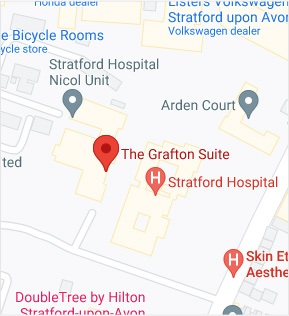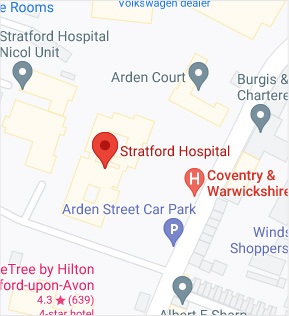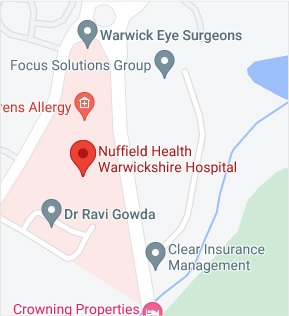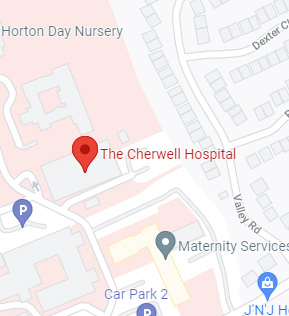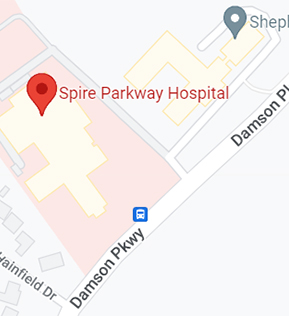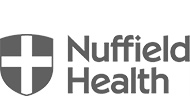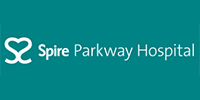What is Intraarticular Shoulder Injection?
The shoulder is prone to different kinds of injuries and inflammatory conditions. An intraarticular shoulder injection is a minimally invasive procedure to treat pain and improve shoulder movement. It may be performed with the help of ultrasound or fluoroscopic imaging which allows your physician to precisely target the intraarticular space.
Anatomy
The shoulder consists of two joints. The main joint is the glenohumeral joint formed by the head of the upper arm bone or humerus and the glenoid cavity at the side of the shoulder blade. The acromioclavicular joint of the shoulder is formed by the clavicle or collar bone and the acromion, a bony projection of the shoulder blade. The shoulder is supported by muscles, tendons, and ligaments. A rotator cuff is a group of 4 muscles that provide stability to the shoulder and enable arm movements in various directions. A fluid-filled sac called a bursa is present between the muscles and bones to provide lubrication for smooth shoulder movements.
Intraarticular shoulder injections are used for diagnostic as well as therapeutic purposes. Corticosteroids and hyaluronic acid are the most commonly injected medications to relieve pain and inflammation or improve lubrication in the joint.
Indications
Some of the common indications for intraarticular shoulder injections include:
- Arthritis
- Frozen shoulder
- Rotator cuff injuries
- Impingement syndrome
- Tendonitis
- Ligament injuries and Bursitis
Your doctor will recommend a joint injection if your symptoms are not relieved by conservative treatments such as oral medications, activity modification, and physiotherapy.
Surgical Procedure
The administration of the injection depends upon the condition to be treated. Your doctor may inject the glenohumeral joint or the acromioclavicular joint.
The glenohumeral joint is usually approached from the front or back of the shoulder.
During an ultrasound-guided intraarticular shoulder injection, you will be asked to lie or sit down depending on the site of the injection. A clear water-based conducting gel is applied over the skin to assist with the transmission of the sound waves. Your doctor moves a handheld probe, called a transducer, over the targeted area. The transducer emits sound waves and detects the rebound echoes from the tissue. Images are created from these sound waves and can be viewed on a display monitor. This provides a clear view of the targeted area and helps your doctor guide the needle to the correct site for the injection. Alternatively, your doctor may use fluoroscopy or live an X-ray to guide the injection to the correct location.
Postoperative Care
- After receiving the injection, you will remain in the supine or seated position for a few minutes.
- The joint is put through a passive range of motion.
- You will be monitored for about half an hour and may then return home.
- You should avoid strenuous activities involving the injected area for at least 2 days.
- You may experience worsening symptoms initially which can be treated with ice and medications.
- Your doctor will see you in about 3 weeks to check on your progress.
Risks and Complications
Intraarticular shoulder injections are a relatively safe procedure. However, it may rarely be associated with certain risks and complications such as:
- Septic arthritis
- Bleeding at the site of insertion
- Injury to adjacent structures
- Pain and swelling
- Infection
- Allergic reaction


 REQUEST AN APPOINTMENT
REQUEST AN APPOINTMENT



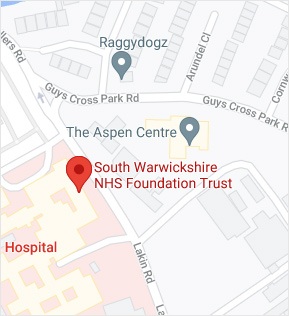
 Ext 4798
Ext 4798